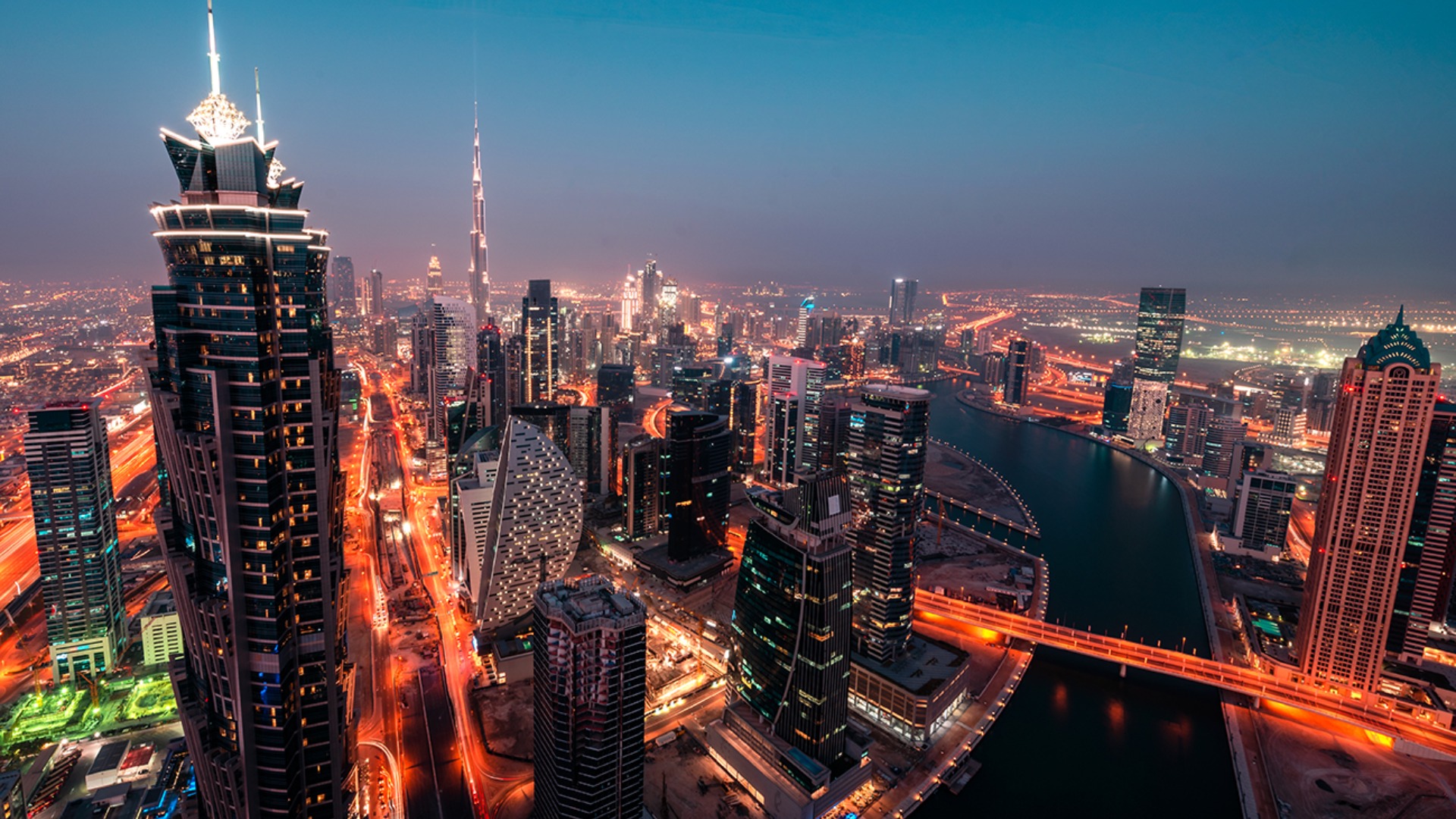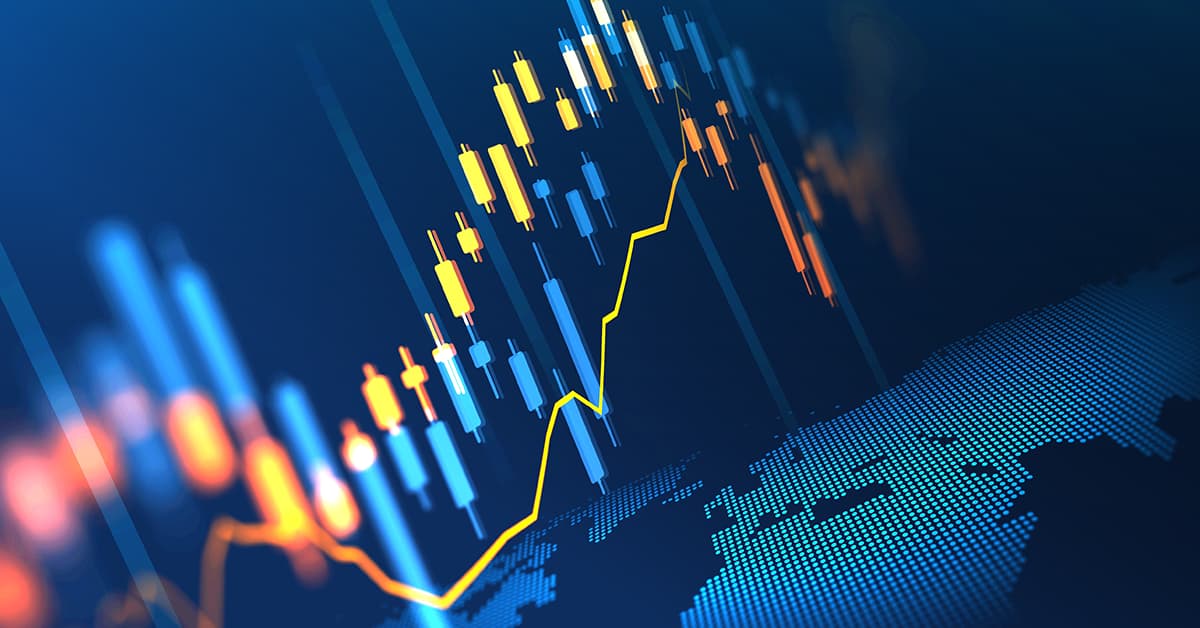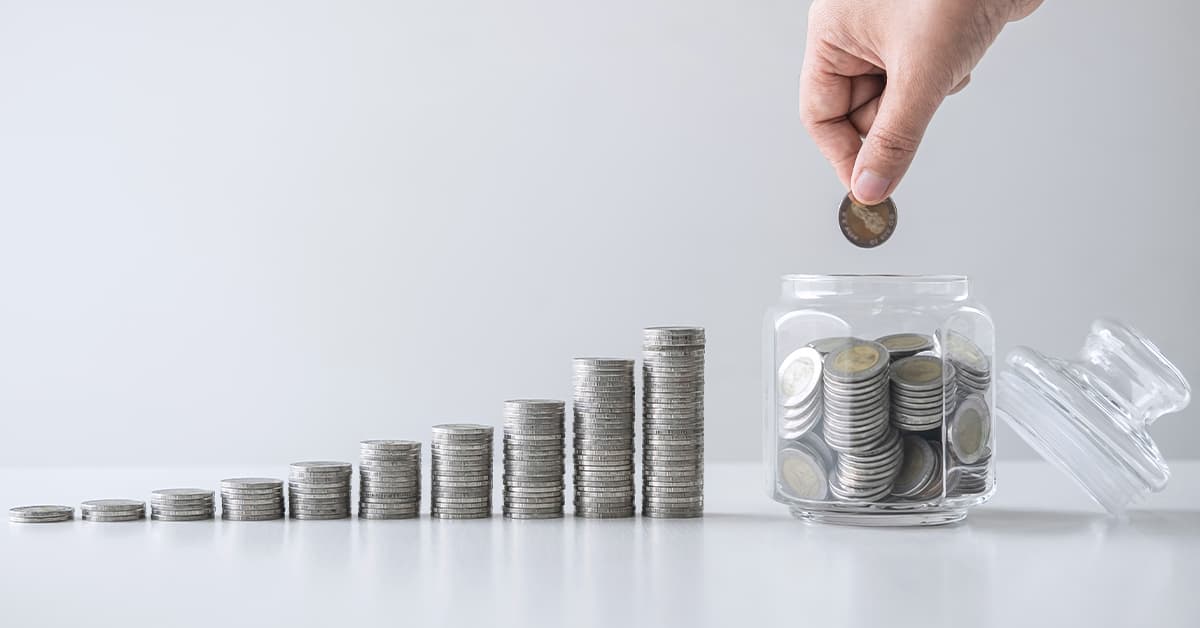
Posted on: 15th January 2019 in Dubai
Expats in Dubai will be relieved to hear that the UAE economy is predicted to grow at a healthy average rate of 3.8% over the next five years. That’s according to the Dubai Chamber of Commerce and Industry in January 2019. 2017 saw the UAE’s overall economy grow by only 0.8% after OPEC pressure on oil output and a slide in crude prices. But – thanks to a slew of government initiatives announced in April – the immediate future is expected to be brighter for both halves of the economy: oil, and non-oil. The National summarises that, “the non-oil economy of the UAE is projected to grow by an average of 4.1 per cent annually between 2019-23, compared to the 2.8 per cent recorded in the 2014-18 period.” In the non-oil economy, transport and communications are set for 7.9% average growth till 2023, construction 4.2% and real estate and business 3.8%.We have 18 offices across the globe and we manage over $2billion for our 20,000+ clients
Get started
In today’s world, much of our lives are lived online. From email accounts and social media profiles to digital wallets and online businesses, we’re building a digital legacy—often without realising...
Read more
When it comes to growing your wealth, choosing the right investment path can make all the difference—especially if you’re an expat managing finances across borders. Two of the most talked-about...
Read more
Building wealth is one thing—but building a legacy that lasts for generations? That’s something else entirely. For families, especially those living and working abroad, creating multi-generational wealth means more than...
Read more
Living abroad as an expat can be one of life’s most rewarding adventures—but it also comes with its fair share of financial surprises. Whether you’ve relocated for work, lifestyle, or...
Read more